Designing and sizing an off-grid solar system can be a complex task, but with the right steps and considerations, you can ensure your system meets your energy needs efficiently. This guide will walk you through the essential steps to size your off-grid solar system accurately.

Step 1: Determine Your Power Needs
The first step in sizing your off-grid solar system is to calculate your daily energy consumption. This involves identifying all the electrical devices you plan to use and their power ratings. Follow these steps:
-
List All Electrical Devices: Include everything from lights and refrigerators to laptops and mobile chargers.
-
Calculate Daily Usage: Determine how many hours each device will be used per day.
-
Calculate Energy Consumption: Multiply the power rating (in watts) of each device by the number of hours it will be used daily. Sum these values to get your total daily energy consumption in watt-hours (Wh).
Example:
- LED Light: 10 watts x 5 hours = 50 Wh
- Refrigerator: 150 watts x 8 hours = 1200 Wh
- Laptop: 60 watts x 4 hours = 240 Wh
- Total Daily Energy Consumption = 1490 Wh
Step 2: Estimate Solar Panel Requirements
Once you have your daily energy consumption, you can estimate the number of solar panels needed. This depends on several factors, including the average sunlight hours at your location and the efficiency of the solar panels.
-
Average Sunlight Hours: Research the average peak sunlight hours per day for your location. This information is crucial as it affects how much energy your panels can generate.
-
Solar Panel Rating: Determine the wattage of the solar panels you plan to use. Most residential panels range from 250W to 400W.
-
Calculate Panel Requirements:
- Formula:
Example:
- Total Daily Energy Consumption = 1490 Wh
- Average Sunlight Hours = 5 hours
- Panel Wattage = 300W
- Number of Panels = panel
This means you would need approximately two 300W panels to meet your daily energy needs.
Step 3: Battery Storage Calculation
To ensure a continuous power supply, especially during cloudy days or nighttime, you need adequate battery storage. Here's how to calculate it:
-
Determine Days of Autonomy: Decide how many days of energy storage you want. Typically, 2-3 days is a good starting point.
-
Calculate Battery Capacity:
- Formula:
Example:
- Total Daily Energy Consumption = 1490 Wh
- Days of Autonomy = 2
- Battery Capacity = 1490 Wh x 2 = 2980 Wh
-
Convert to Amp-Hours (Ah): Batteries are often rated in amp-hours (Ah). To convert Wh to Ah, divide by the battery voltage (typically 12V, 24V, or 48V).
- Formula:
Example:
- Battery Capacity = 2980 Wh
- Battery Voltage = 24V
- Battery Capacity = Ah
Step 4: Inverter Sizing
The inverter converts the DC power from the solar panels and batteries into AC power for your appliances. Here’s how to size your inverter:
-
Total Power of Appliances: Add up the wattage of all appliances that might run simultaneously.
-
Inverter Rating: Choose an inverter that can handle the total wattage and has a surge capacity for starting power-hungry devices.
Example:
- Total Power of Appliances = 2000W
- Choose an inverter with at least 2000W continuous rating and a higher surge capacity.
Step 5: Wiring and Safety Considerations
Safety is paramount in any electrical installation. Ensure all components are compatible and follow these guidelines:
-
Proper Wiring: Use appropriate wire sizes to handle the current without overheating.
-
Fuses and Breakers: Install fuses and breakers to protect the system from overloads and short circuits.
-
Professional Installation: If you’re not confident in your electrical skills, consider hiring a professional to ensure everything is installed safely and correctly.
Conclusion
Sizing an off-grid solar system requires careful planning and consideration of your energy needs, solar panel output, battery storage, and inverter capacity. By following the steps outlined in this guide, you can design a system that provides reliable and sustainable energy for your off-grid lifestyle. Always remember to account for future expansions and potential increases in energy consumption to ensure your system remains robust and efficient.







![[Buying Guide] Should I Buy Lithium Batteries on Black Friday?](http://www.vatrerpower.com/cdn/shop/articles/Should-I-Buy-Lithium-Batteries-on-Black-Friday.webp?v=1731467571&width=500)







































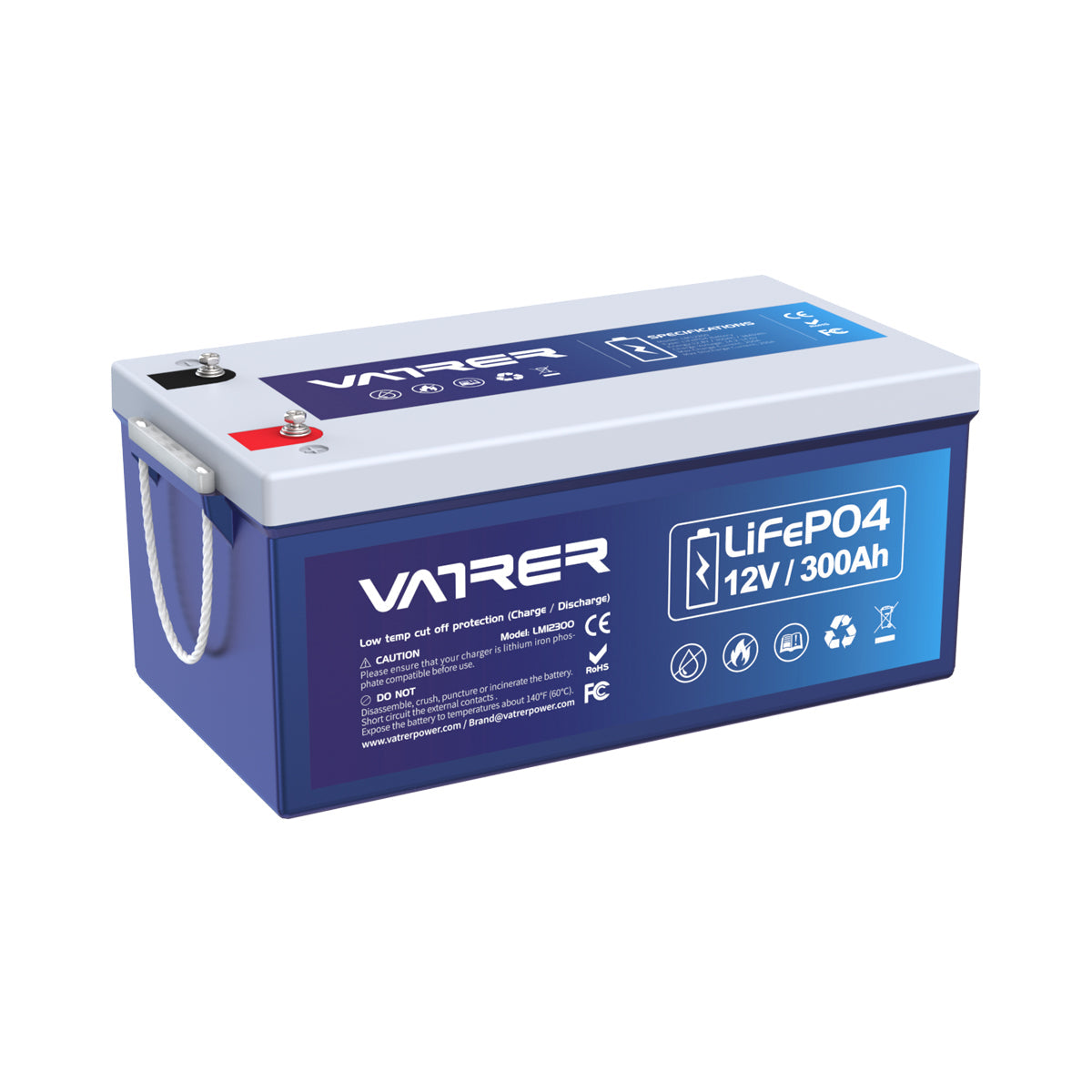

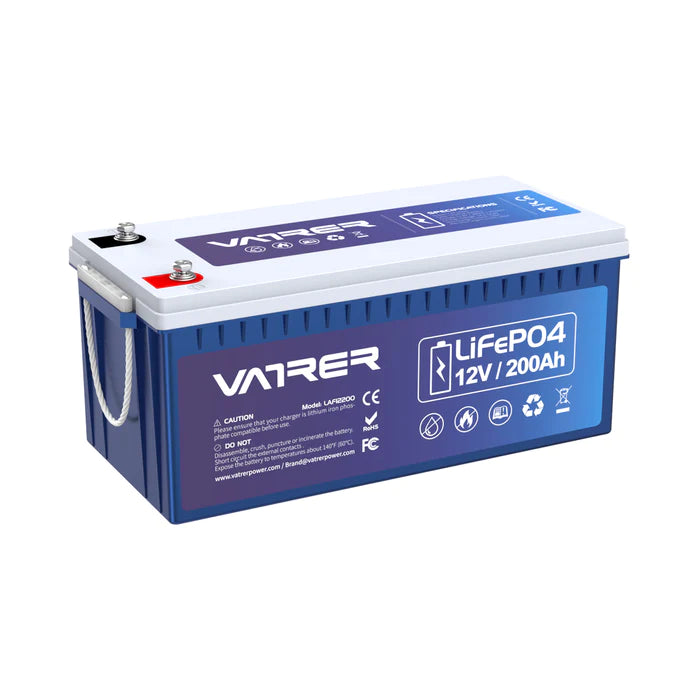

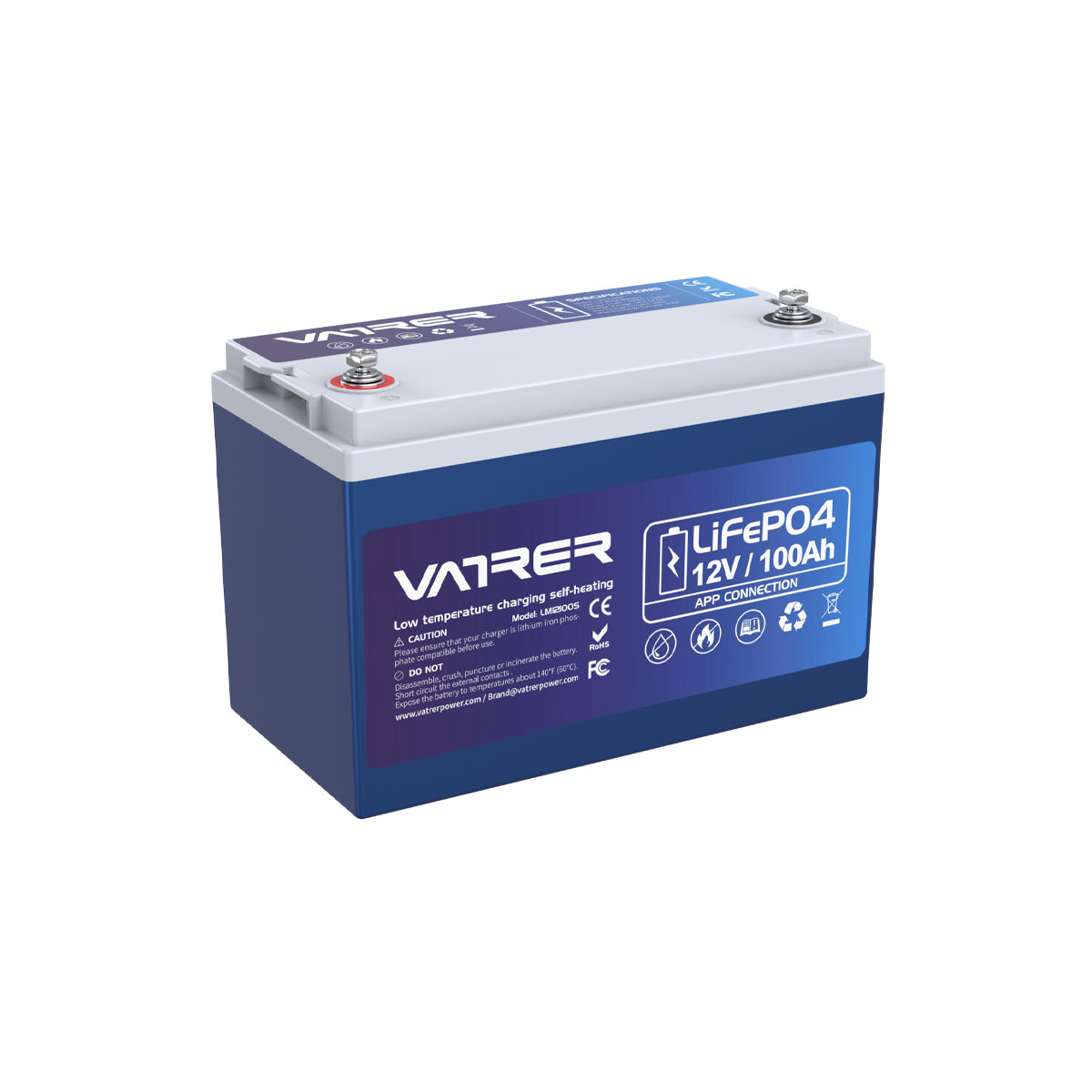

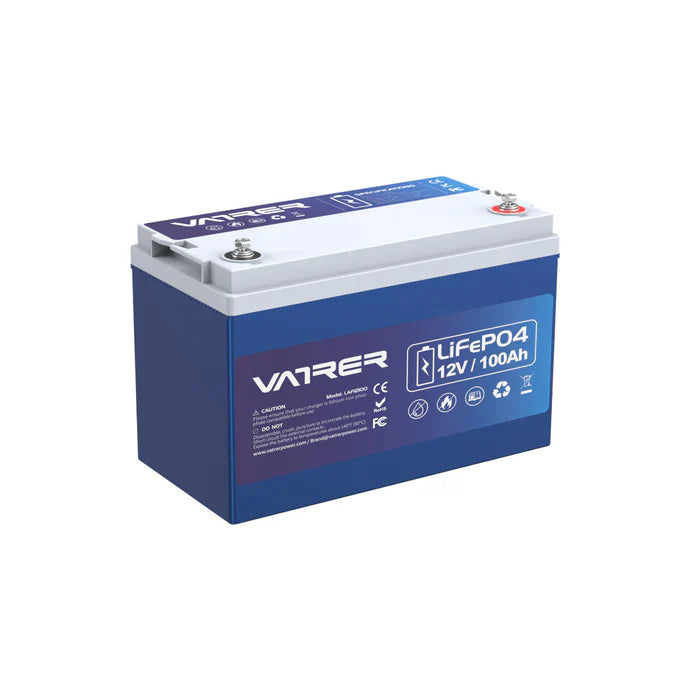






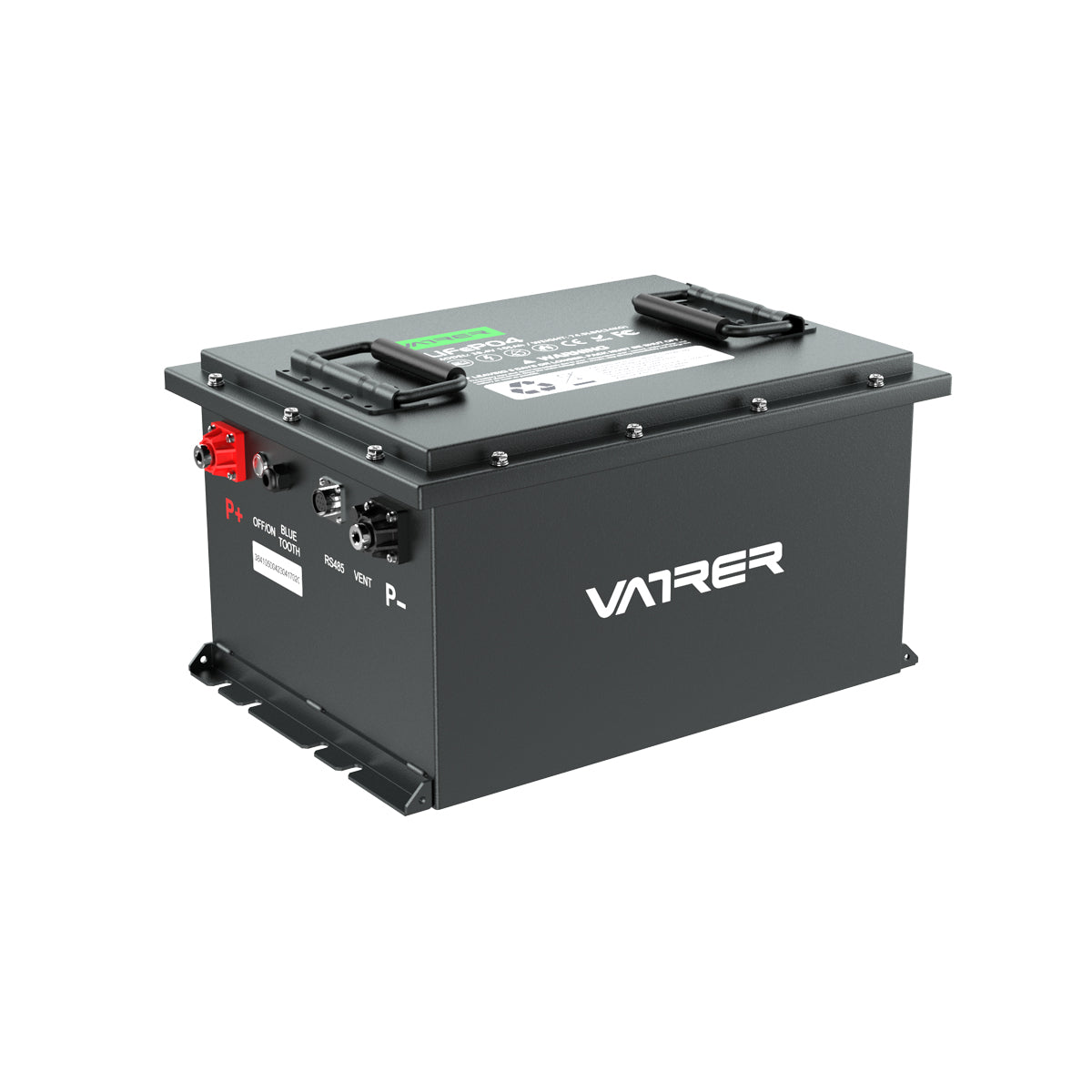
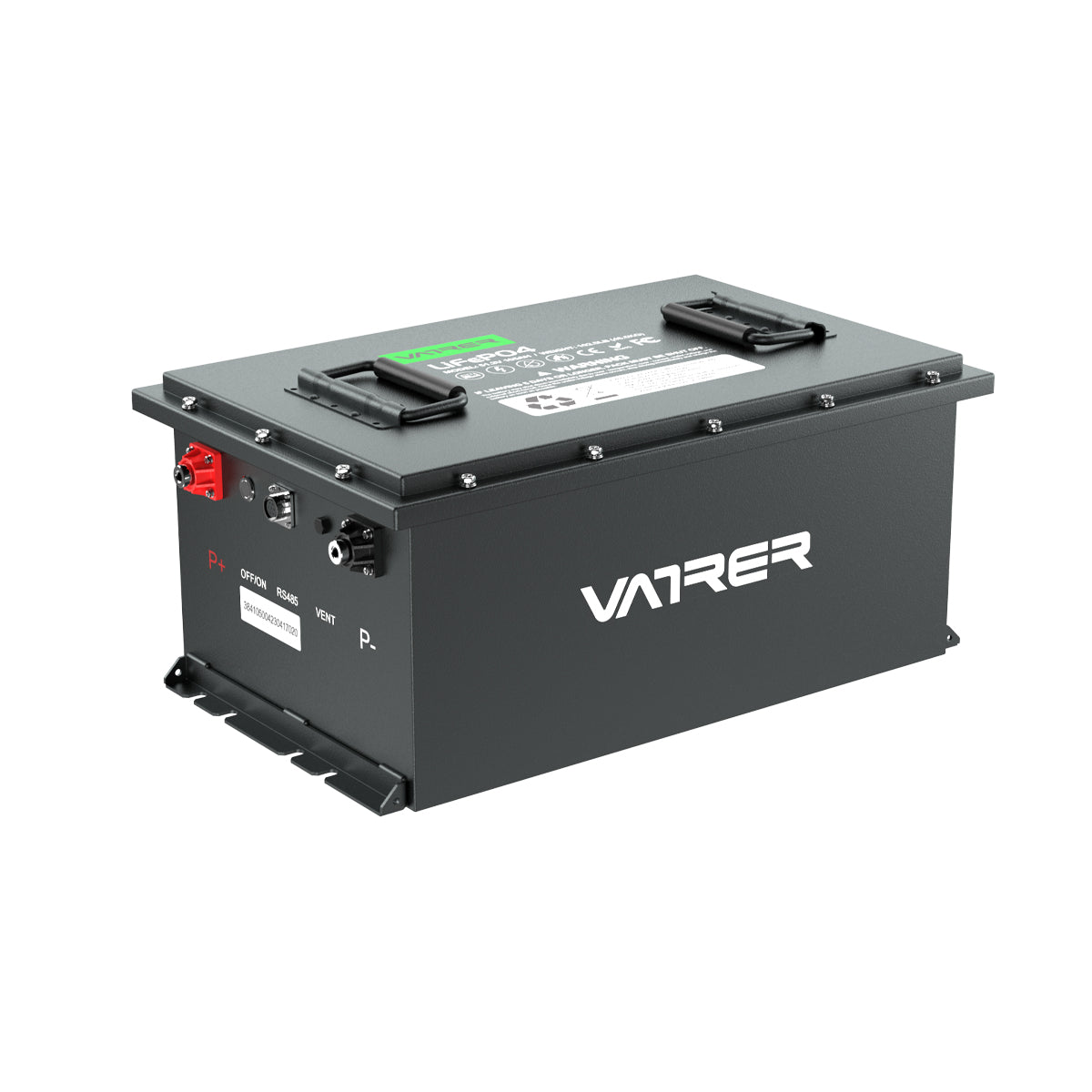






1 comment
Chris Carl
Please explain instep #2 how you calculate that for approximately 1500 wh of daily use with 5 hours of sunlight, 5 panels would be required? The math says 1 panel.
I normally advise 2x to 2.5X panel output to daily load to compensate for cloudy or stormy conditions, 5x is unexplained and excessive.
Please explain instep #2 how you calculate that for approximately 1500 wh of daily use with 5 hours of sunlight, 5 panels would be required? The math says 1 panel.
I normally advise 2x to 2.5X panel output to daily load to compensate for cloudy or stormy conditions, 5x is unexplained and excessive.